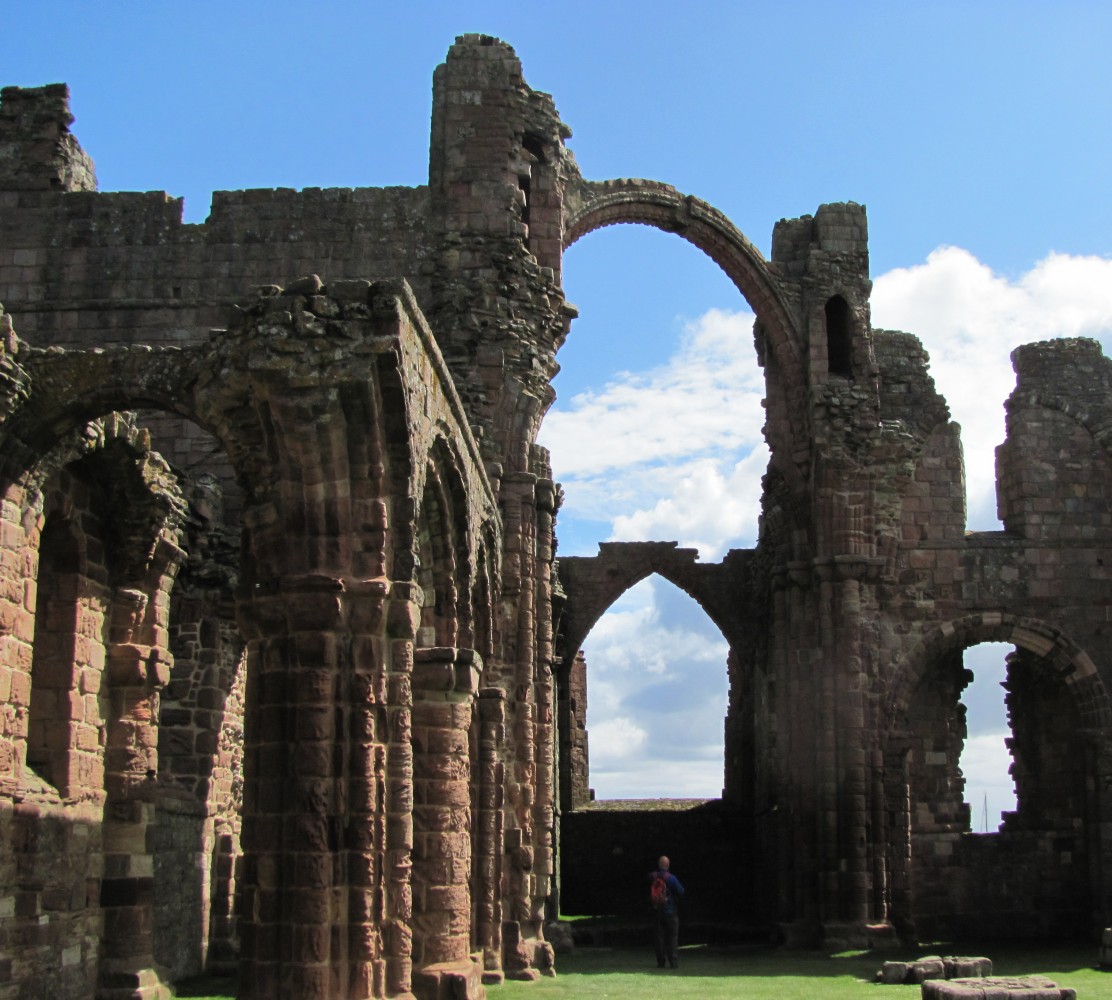We’re coming up on just a few short days before we say our final farewell to the great city of Toronto. I have too many feelings about that to process at the moment. As it happens, though, Leeman put together some thoughts on the subject, so after many years of this blog, I’ll pass my platform to him. Enjoy:
For the better part of the last decade, I have been referring to myself as a Geographical Anglican as a tongue in cheek jab at how I’ve been attending Anglican churches that entire time but still have never completely drunk the metaphorical and sacramentally complex kool-aid. As I stand on the verge of moving from Ontario to Ohio as Rachel begins a new career as priest and chaplain at Harcourt Parish and Kenyon College where we both went to school and attended church, notions of geography and identity slosh about in my head.
Growing up a Baptist missionary kid had a profound effect on me to put it mildly and it’s no surprise that for a long time, I would jokingly refer to myself as a Baptist-In-Recovery. While the emphasis on scriptural literacy and drilling notions of personal salvation again and again certainly built up an ability to talk about faith in more than vague notions and have a grounding in the rich poetry and literary tradition of the Bible prior to puberty, it also set up some giant roadblocks that took a long time to maneuver around. Being a roiling teenager and having it communicated to you that you are personally responsible for any unsaved friends and acquaintances being tortured for an eternity by not sharing the Word with them will do that. While the church was my home and I certainly felt I belonged there, it was a rocky and discomforting place at times.
And so it was that by the time I left my parents’ church in Nashville and found myself walking towards Harcourt Parish with the young woman who would one day walk down the aisle of a different church with me, I was very much eager to see what else was out there. At Harcourt and at Kenyon, I was able to debate with Episcopalians, Catholics, Lutherans, Jews, and at least one Jehovah’s Witness and in that seething if collegial environment, some sort of notion of just how I experienced my faith began to form. On that pew that held half a dozen or more different faith backgrounds, I had found a new home.
When I eventually joined Rachel in Toronto where she had been going on her own spiritual journey until it led to the warm and hazy St Thomas’s, I was confronted with what would be my spiritual home for a number of years despite looking very different from any sort of church I would have chosen to walk into. This was far from the Baptist world where I had grown up and despite being of a similar tradition to Harcourt Parish, was stranger still. Robes, incense, sung confessions, and even a statue of Mary over on one side all spoke of an alien tradition and yet over time, that sense of home began to suffuse through me.
Home is a curious notion and a church home is an even harder thing to pin down. As distasteful a notion as Shopping For a Church is, in a world where we can choose where we pray if we choose to pray at all, it is a reality with which those on both sides of the altar have to contend and perhaps the hardest part of it is how to deal with that worry that we could have something more, that we are missing out on something better. While we don’t want to reduce spirituality to flipping through an Ikea catalogue, it can feel unavoidable even when a church theoretically checks all of our boxes and still leaves us cold. However and in spite of all this, home has a strange way of finding us even when we don’t know we are looking for it.
Now as I prepare to return to an old home, a place laden with memories but also with infinite possibilities of what may come, and as I prepare to hold my wife and daughter’s hands as we walk through the doors and into that warm church, I trust that we will find that sense of home. It is going to be very easy for us to compare it to what else might be out there and to where all we’ve been, indeed to what Harcourt was like when we sat there a dozen years ago. No doubt, we will occasionally wonder if we gave up something better, something more for this church but I am very hopeful that home will find us just as it has found me throughout the years wherever I’ve decided to sit and pray and regardless of what I have called myself.
May home find you where you are and where you are going.
-Leeman Kessler, Geographical Anglican



